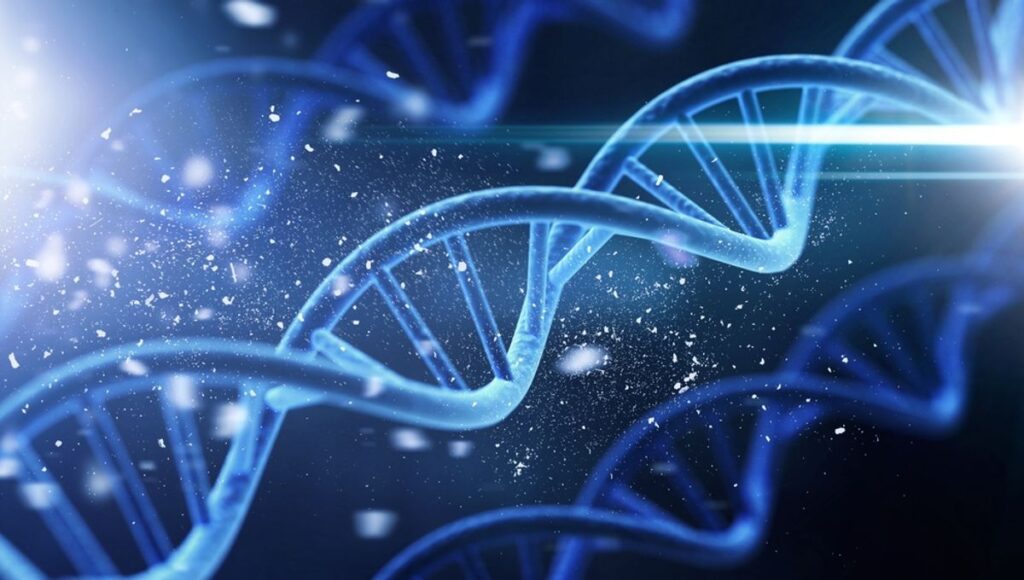A Japanese research team has engineered a courtship ritual in fruit flies by manipulating a single gene in Drosophila melanogaster, allowing it to exhibit behaviors typically found in another species, Drosophila subobscura. While male D. melanogaster attract mates with wing vibrations and songs, D. subobscura males regurgitate food as a courtship gift. Diverging approximately 30 to 35 million years ago, these species developed distinct brain structures; in D. subobscura, the neural pathways for courtship are linked to insulin-producing neurons, while they remain separate in D. melanogaster.
The researchers explored the D. subobscura genome and engineered DNA sequences that activated specific genes in the flies’ brains. They found that activating a group of insulin-releasing neurons triggered regurgitation behavior in D. melanogaster. Both species share the gene ‘FruitlessM’ (FruM), which controls male courtship, but D. subobscura integrates this gene with insulin neurons in a unique manner.
By genetically modifying D. melanogaster to activate the FruM gene within insulin neurons, the research team created new neural connections that prompted the previously absent gift-giving behavior. Conversely, disabling similar genes in D. subobscura halted their regurgitation. The study emphasizes that new behaviors can arise not from the emergence of new neurons but through small genetic changes in existing ones, potentially contributing to species differentiation. This work was published in the journal Science.


